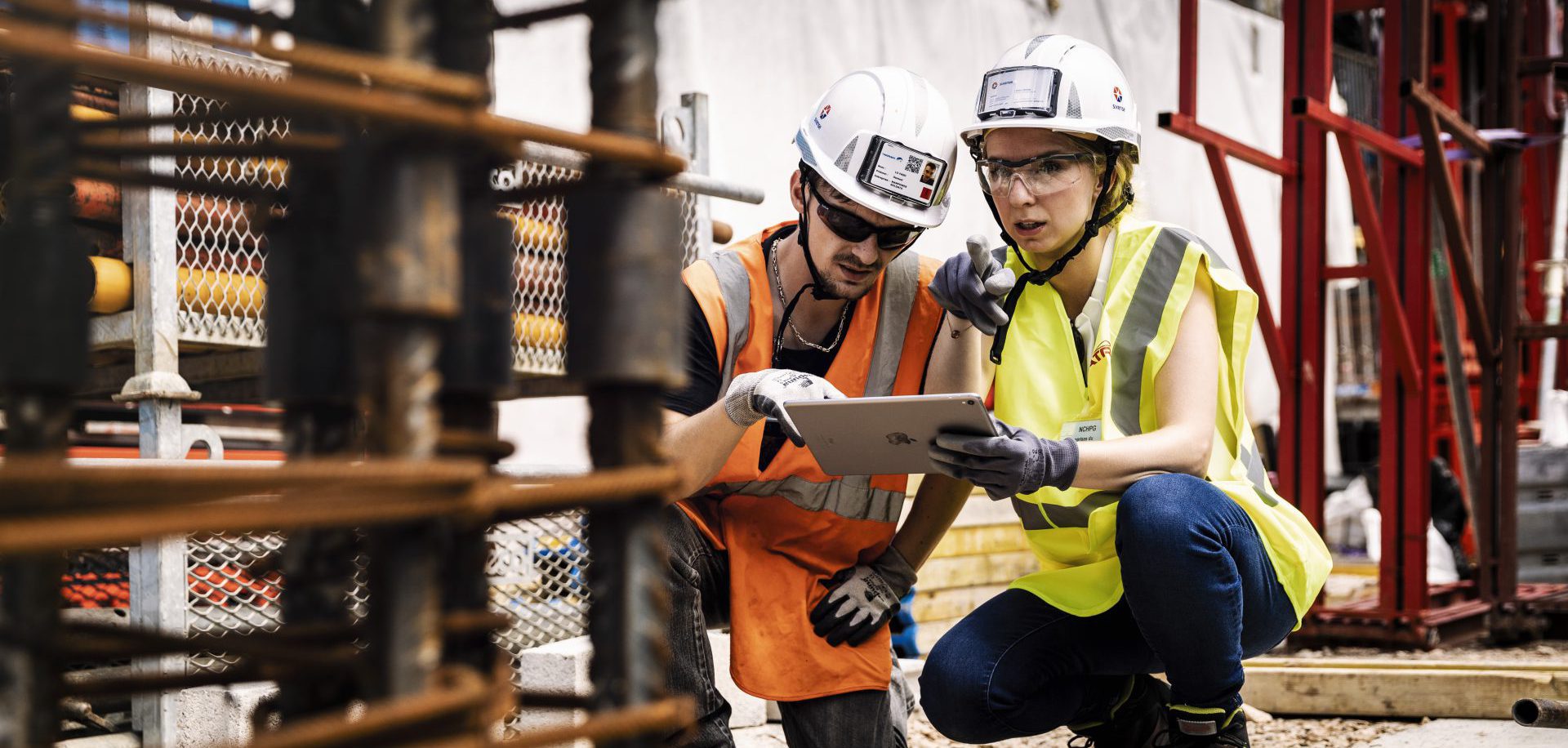Every time you have a safety talk, you’re one less chance of ending up in the hospital! Simple and straightforward, but how often do we forget the importance of these few minutes devoted to our most precious asset at work, our safety? Far from being a mere formality, these moments of exchange are shields against accidents, those crucial moments when drama or relief is at stake. This article gets straight to the point: how to turn these meetings into real levers for change, so that safety becomes second nature rather than a chore.
Safety talks are not just a routine procedure; they are the beating heart of a proactive and preventive safety culture in any working environment. Here’s why they’re so important:

Having emphasised the vital importance of safety talks, let’s turn these learning moments into memorable and impactful experiences.
Here are three key strategies for achieving this:
The art of personalising and visualising: the first step towards an engaging talk is to make it directly relevant to your audience. By tailoring the content to the specific risks and experiences of your employees, you create an immediate connection. Combine this with the clever use of visual aids, such as videos or hard-hitting infographics, and you have a recipe for a session that captivates and educates. Stories from friends and colleagues, accompanied by striking images, are far more effective than generic safety bulletins.
Interactivity at the heart of learning: a safety talk should never be a monologue. By leaving room for questions, encouraging the sharing of experiences, and even organising group activities such as role-playing, we break the monotony. This dynamic transforms participants from simple listeners into committed players, ready to apply the lessons learned. It also provides a golden opportunity to detect and address misunderstandings or gaps in knowledge about safety practices.
Gamification, a lever for commitment: introducing playful elements may seem unconventional in the context of safety, but the effectiveness of gamification has been well documented. Introducing rewards, even symbolic ones, for participation or performance in safety quizzes stimulates interest and commitment. This can transform the learning of safety protocols into a positive and competitive experience, reinforcing the assimilation of information and the desire to put it into practice.
As we have seen throughout this article, this daily routine plays a crucial role in accident prevention by reinforcing everyone’s safety awareness and ensuring that all participants know the procedures to follow for their own safety and that of their colleagues.
Beyond InSite’s MyForm provides worksite managers with a solution for creating customised forms to meet the specific needs of each project. These forms can be used to record equipment checks, assess the condition of personal protective equipment (PPE), or even report potentially dangerous situations requiring immediate action. The benefits of this approach are twofold: it enables structured and efficient data collection, while fostering a culture of vigilance and responsibility among stakeholders.
Real-time access to information collected via MyForm improves communication between teams and management. Data can be analysed to identify trends, highlight areas requiring particular attention, or even evaluate the effectiveness of preventive measures put in place. In addition, MyForm facilitates the tracking of corrective actions and the documentation required for safety audits, ensuring compliance with the most stringent safety standards.